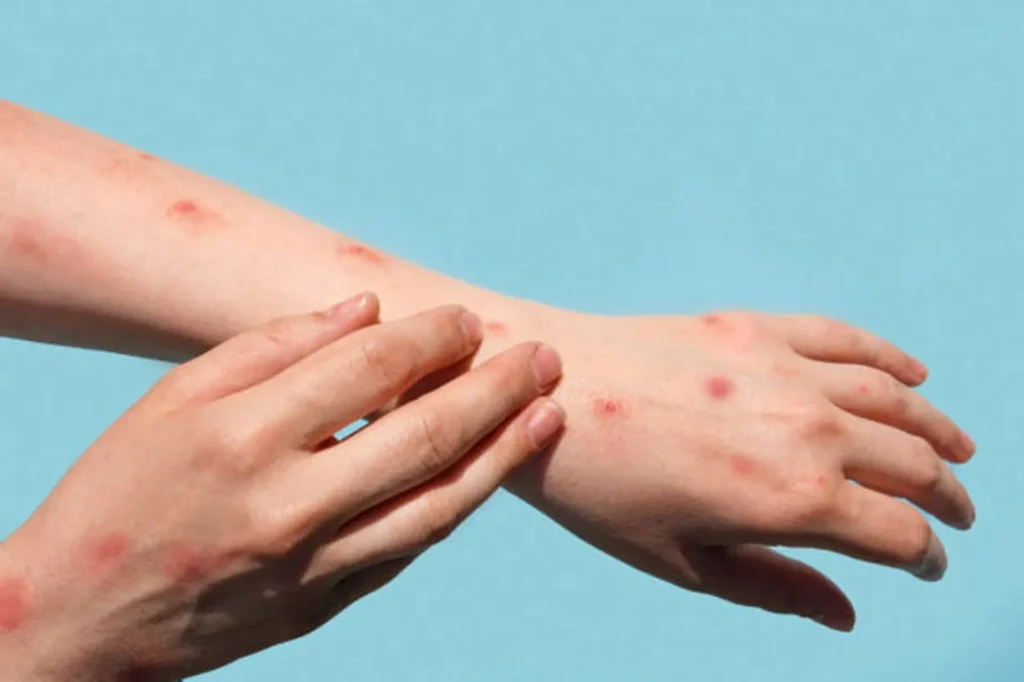Allergies are common in children and can impact their daily lives. Environmental allergens like dust, pollen, smoke, insect bites, and certain foods are frequent triggers, whether indoors or outdoors. Let’s look at practical strategies to reduce kids’ exposure to these potential allergens.
Minimize Allergen Exposure at Home
Indoor allergens are a major source of discomfort for children with allergies. Implementing effective home-based strategies can help control potential triggers.
- Cleanliness is Key
Regular cleaning can significantly reduce the buildup of dust and other allergens. Vacuum using a HEPA filter and mop floors frequently to prevent dust accumulation. Dust surfaces with a damp cloth to avoid dispersing particles into the air. Air purifiers with HEPA filters can remove airborne allergens like pollen, dust, and smoke. Placing them in shared living spaces can improve air quality significantly.
- Allergen-Proof Bedding
Using hypoallergenic mattress covers, pillow protectors, and washable blankets can help avoid exposure to dust mites. Wash bedding weekly to eliminate existing allergens.
- Limit Pet Exposure in Bedrooms
Pets can bring allergens into sleeping areas. Keeping bedrooms pet-free may help reduce exposure, especially for children already sensitive to animal allergens.
- Opt for Hard Flooring
If possible, replace carpets with hard flooring such as wood, tile, or laminate. These materials are easier to clean and trap fewer allergens compared to traditional carpets.
- Control Humidity
Using a dehumidifier to maintain indoor humidity levels reduces the likelihood of dust mites and mold. This is particularly helpful in damp climates or during humid seasons.
- Limit Clutter and Store Toys Properly
Soft toys can trap dust and other particles. Keep them in washable zippered bags or bins. Opt for washable toys and clean them regularly. Clutter, such as piles of books or unused items, can collect dust. Keeping rooms organized can reduce hidden allergen sources.
- Avoid Feathers and Wool
Feather bedding and wool carpets can trigger allergic reactions. Replacing these items with synthetic alternatives can reduce the risk of allergens in sleeping and living areas.
Limit Outdoor Allergen Exposure
Outdoor allergens, such as pollen or insect allergies, can be more difficult to manage, but adopting preventive measures can reduce their impact.
- Stay Indoors on High Pollen Days
Limit outdoor activities on days when pollen levels are high. Weather apps often provide pollen forecasts that can help you plan your child’s outdoor time effectively.
- Use Air Conditioning
Keeping windows closed and using air conditioning helps minimize outdoor allergen exposure. Many air conditioning units also have filters that trap pollen and other particles.
- Wash Clothes After Outdoor Play
Pollen and other allergens often cling to clothing after outdoor play. Washing your child’s clothes immediately after outdoor activities can reduce allergen exposure.
- Shower After Playing with Pets
If pets have been outdoors, allergens like pollen may transfer to their fur. After contact, encourage your child to shower and change clothes to reduce further exposure.
Medical Management
When environmental controls are not enough, medical management becomes a key component of controlling allergies. Consultation with an allergist for testing can help identify specific allergens that trigger your child’s symptoms. Knowing the exact triggers allows for better environmental adjustments and targeted treatments. Your healthcare provider may recommend over-the-counter or prescription medications, such as antihistamines or nasal sprays, that may help alleviate symptoms. Immunotherapy may be recommended for long-term management in severe cases.
Explore More Treatment Options for Allergies
Implementing these strategies can significantly minimize kids’ exposure to allergens, but every child’s needs are unique. Contact a trusted allergist or pediatrician for persistent allergy issues or professional guidance. You can also explore more treatment options and resources available for managing allergies effectively.

